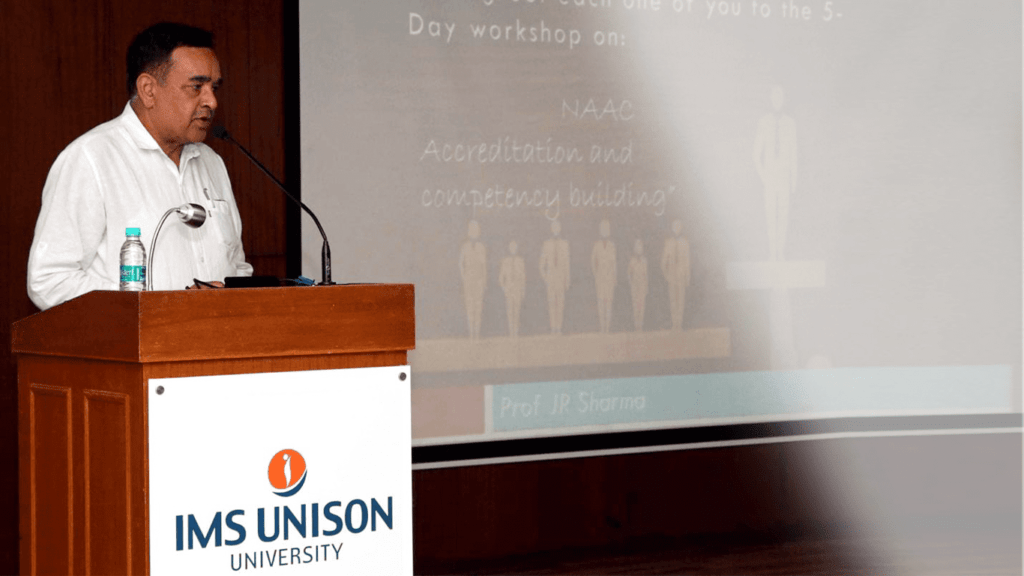3-year ago, NAAC had kept benchmarks on various metrics under the hood. Only a fistful institutions made it to the NAAC A++ HEIs. Meanwhile, a number of applying HEIs started figuring out grade related benchmarks from the available data of accredited HEIs on their respective websites. A few started colluding with the staff, peer teams and DVV teams and managed undeserving high grades. Education fraternity in India, long knew what was happening but kept mum. It came into the wide public knowledge only when revealed by the print media, CBI raids and earlier by an insider top NAAC Executive Committee Chairman Dr Bhushan Patwardhan who daringly let the cat out of the bag.
The NAAC Management then decided to make benchmarks open to the HEIs. Benchmarks known, many applying HEIs switched over to enhancing data by fair or foul means. A large number of HEIs in B+ or B++ category in their earlier cycle, suddenly jumped to the bandwagon of top league A+ and A++ HEIs; though a very little had truly changed for students in quality academics on ground. To the contrary, it led to gross ethical violations by many HEIs looking for expediency, some arranging ghost faculty, getting research papers written and published from external agencies, citations managed, patents filed n’ awarded. It had never happened to that scale ever before.
The risk of getting caught in using unethical practices was always very low and attracted hardly any severe penalty as against NEP spirit of ‘light but tight’ compliances. As a result, a large number of students from the disadvantaged section of society continue to suffer. They struggle and take loans and often get misled by seeking admission in the so-called top NAAC grade institutions which they’re not.
Will the think-tanks in NAAC learn from the past inadequacies while drafting new NAAC manual ?
JR Sharma- the views expressed are personal and for improving the new NAAC version, devoid of such like deficiencies and distortions.












